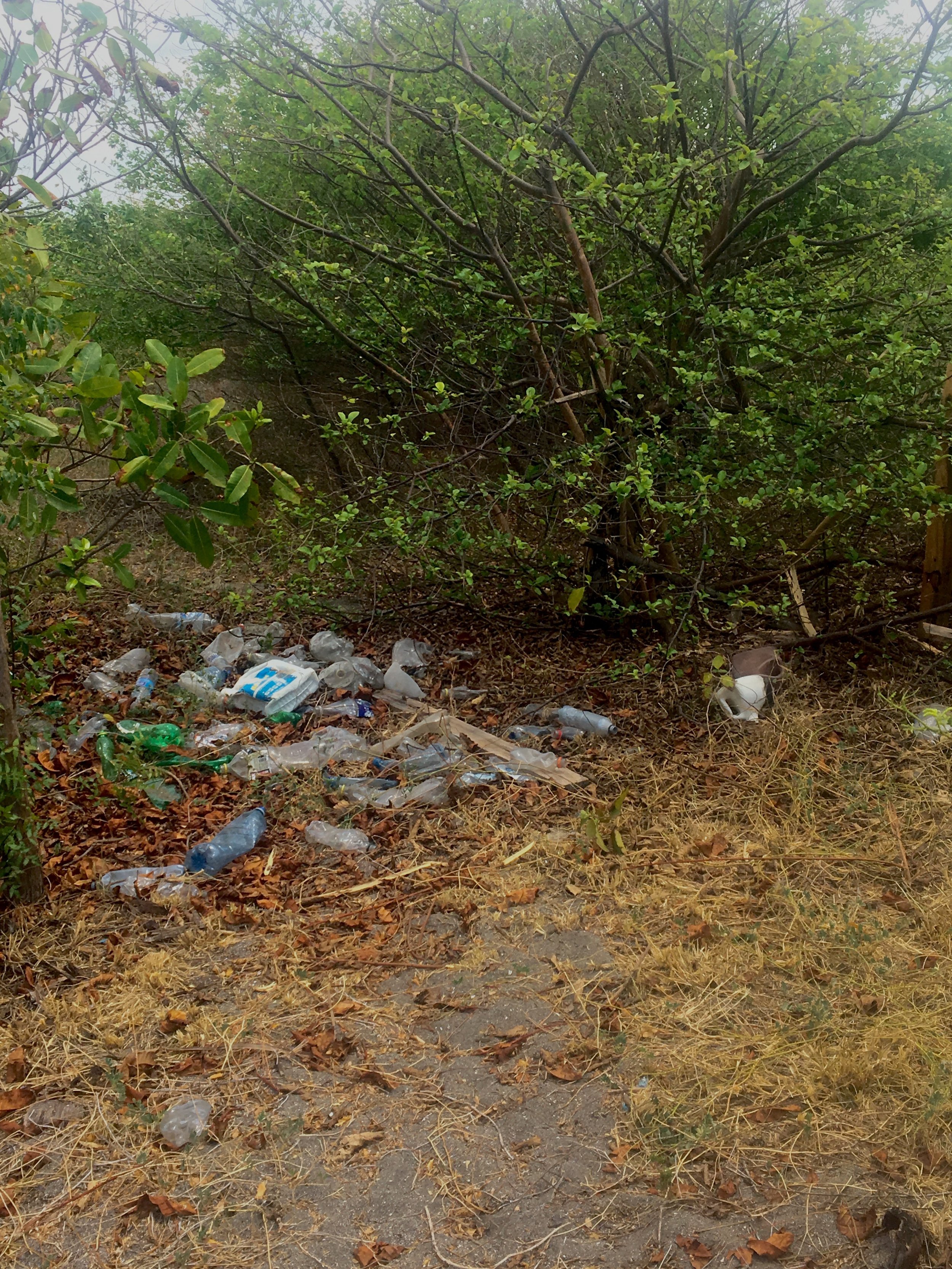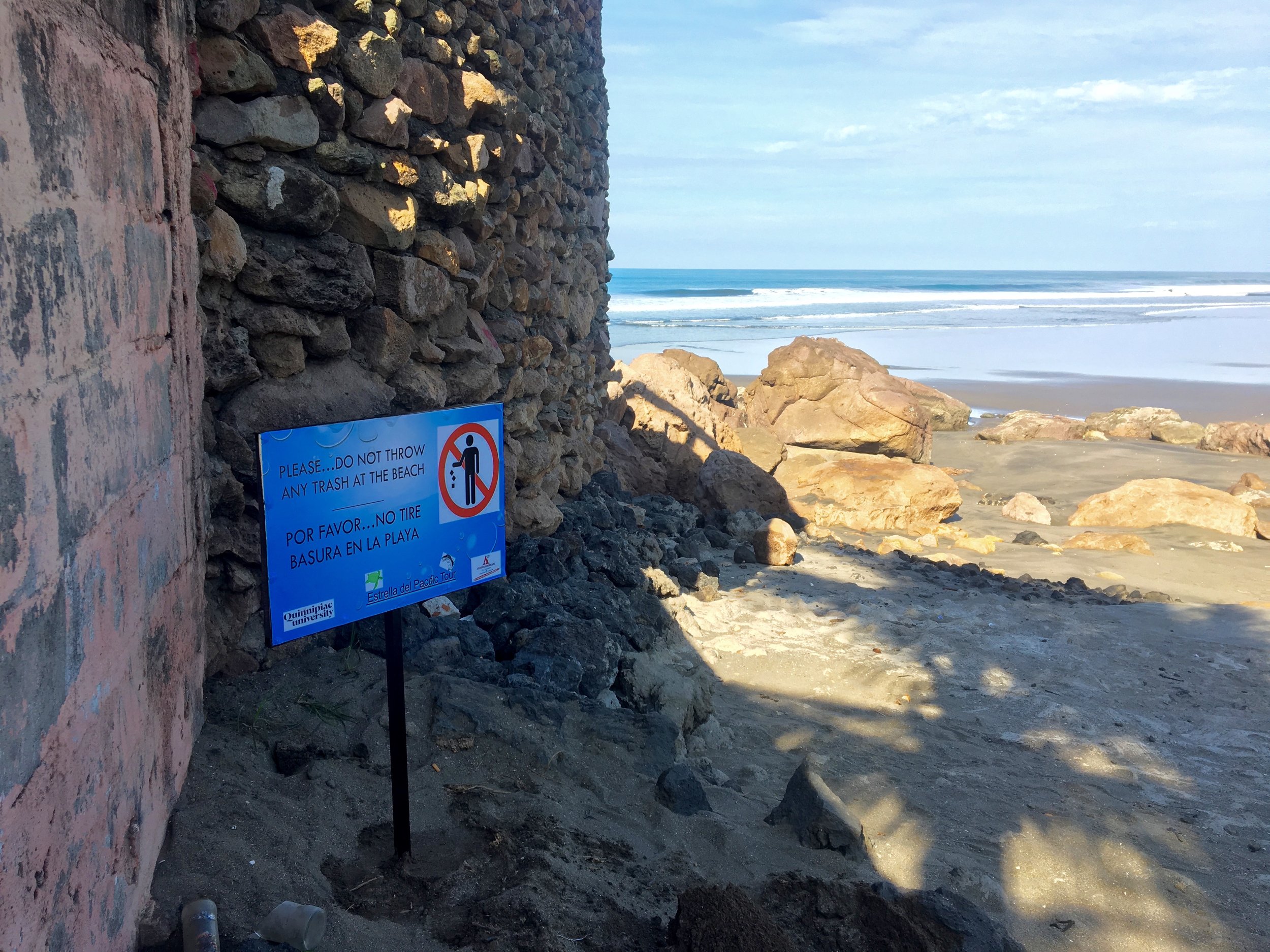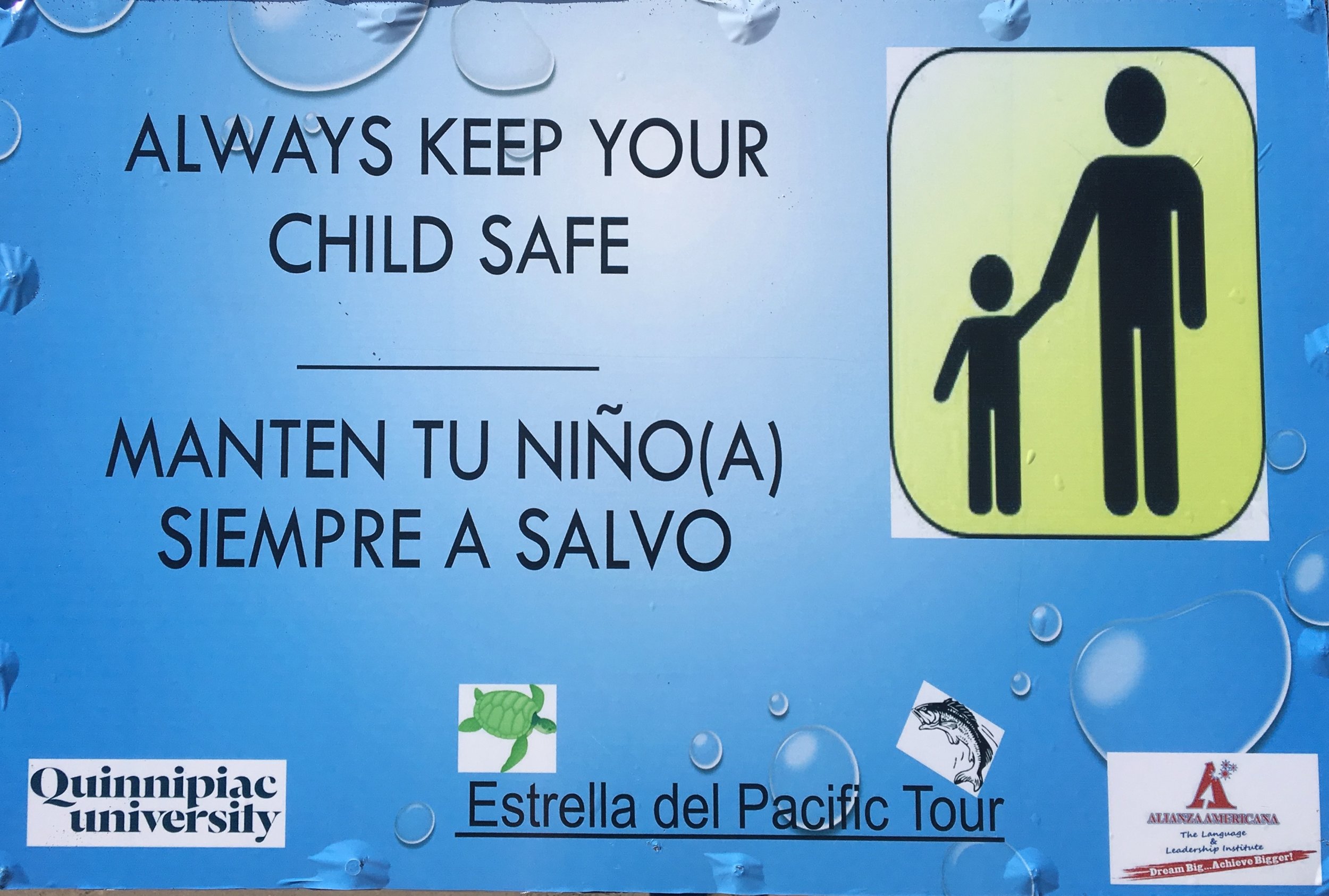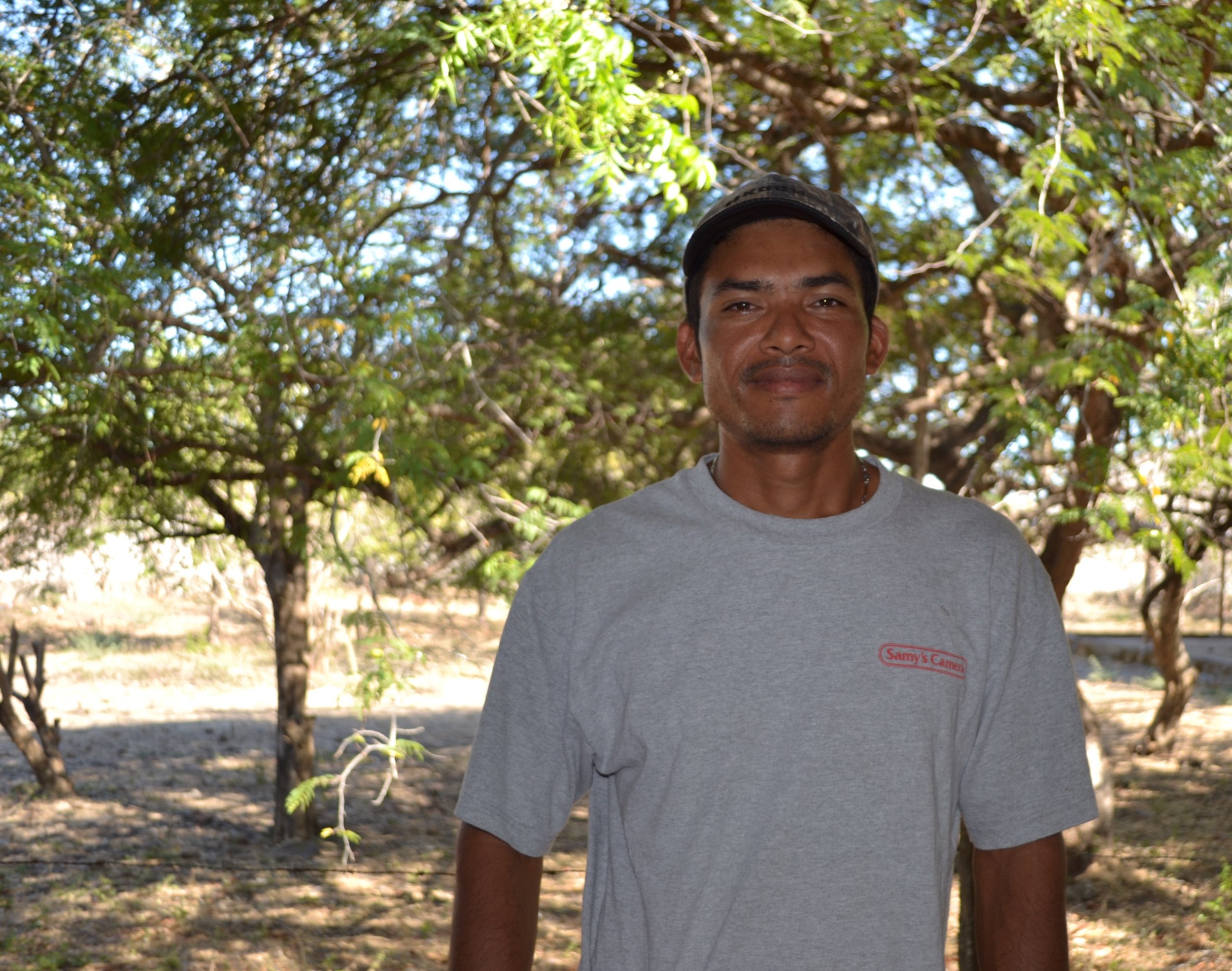Saving the Turtles... and Nicaragua
by ana grosso
The city of Léon, Nicaragua, is masked in fluorescent color and buzzing with life and chaos. However under that mask, Léon is a contradiction. The lush landscape and vibrancy of the houses is juxtaposed against the dust and dirt that meander through the picturesque, pastel dreamland.
The city carries a feeling of both peace and disorder, and its people embody the contradiction of struggle and poverty in the tropics.
After years of civil war and natural disaster, one way Nicaragua is attempting to cope with rebuilding a broken nation is through education. Often times the environment suffers as a result of ignorance, but there is one man in Léon who has devoted his efforts to changing that.
Santos Contreras spends much of his time along miles of Pacific coastline, especially from around May into the early fall. His interest lies in helping the endangered sea turtles lay and hatch their eggs safely in the sand.
The four species of turtle found on the Pacific coast of Nicaragua are the Green turtle, the Hawksbill turtle, the Leatherback turtle and most commonly, the Olive Ridley turtle. Léon natives refer to the Olive Ridley as “Golfina” or “Lora”, but for all intensive purposes we will refer to it by the scientific name, Lepidochelys Olivacea.
To learn more about the turtle populations in Nicaragua, visit: https://vianica.com/go/specials/4-sea_turtles_nicaragua.html.
In a developing country such as Nicaragua, the turtles face many odds just fighting for survival including predators, marine pollution, accidental killing and egg harvesting. Basically, human beings are the biggest threat to sea turtles. Often times predatory birds and other animals will ravage the nests for eggs, and turtles will get caught in fishing nets or ingest oil and debris thrown into the ocean. Another problem caused more directly by poverty is the harvesting of their eggs by humans.
Predators
Humans are the biggest threat against the survival of sea turtles along the Pacific Coast of Nicaragua.
Photo: Ana Grosso
The turtle eggs are a culinary delicacy in Nicaragua, and often they are harvested and sold as a way to make income. “It’s good…the texture of the egg is gooey…People usually eat it with yucca and in salad,” said our translator, Maritza Narvaez.
The government does not offer any kind of financial support for fishermen, especially for retirement, so often times they seek monetary compensation elsewhere.
“The fishermen are trying to find options to live, and the turtles have become an option and a lot of the times that’s why they’re killed” said Julio, another fisherman who works with Contreras.
However the fishermen seemed to work something out. “The deal we make is that instead of them taking the eggs, we give them some rice or some beans … that’s how we’ve been dealing with them, because if we said before ‘don’t touch the turtles’ they would bring their machetes, but they’ve been understanding,” Contreras said.
Santos Contreras works with community members to post signs on the Poneloya beach to create awareness about garbage, safety and the environment.
Photos: Ana Grosso
Julio and Contreras are members of a fisherman’s co-op, and they are seeking alternative sources of income for Poneloya, their coastal community, because fishing is no longer a sustainable way of life. Julio is a fisherman but he is trying to retire, so Contreras said that, “we as friends decided to let [Julio] stay here and take care of the turtles while we young people are able to fish.”
Contreras is well versed in aiding turtle nesting, and the technique does not involve high technology or advanced machinery; it is actually quite simple, yet effective. He is familiar with every part of the nesting process, and does it all by hand.
The nesting sites are placed along the beach in desolate areas so as to avoid litter, disturbance, rowdy and drunk beachgoers and people who steal the eggs. However someone does watch the nesting site 24/7 to make sure they are safe.
Contreras explained how, first, they fill burlap bags with wet sand and bury them about 50 yards from the crashing waves. Each bag is buried in the sand in about a one square foot designated area– almost like a graph –where the eggs are organized so they can safely mature. They use polyurethane as a barrier to separate the bags. It’s all very methodical… the burlap bags are resistant to the sun, salt and many other elements, unlike many other materials.
Contreras and Julio also try to shade the area, because according to Julio, “If there is less sun, more females are born. We can’t have just males, we need both the males and females. But we need a lot of females for reproduction.”
Julio also explained how, “A turtle that is young… will produce more eggs. Anywhere from 10 to 80.”
The Lepidochelys Olivacea’s eggs are about the size of a chicken egg, and they are that size from the time they come out. There are also other types of turtles that have even larger eggs.
Just as the turtle eggs symbolize new life and hope for the future, Contreras plans to expand awareness of the turtle preserve in hopes to fix the economy, educate Nicaragua’s future and save the environment. He said, “I would like to bring students from the elementary and high schools… and [I would like] for them to develop their skills… and let them know about the reserve.”
Contreras also aims to raise awareness in the general public about saving the turtles. During our trip in March, the Journalism and Social Work students helped Contreras post signs along the Pacific coast, reminding beachgoers to take their trash with them, keep their children safe, and be careful of the currents.
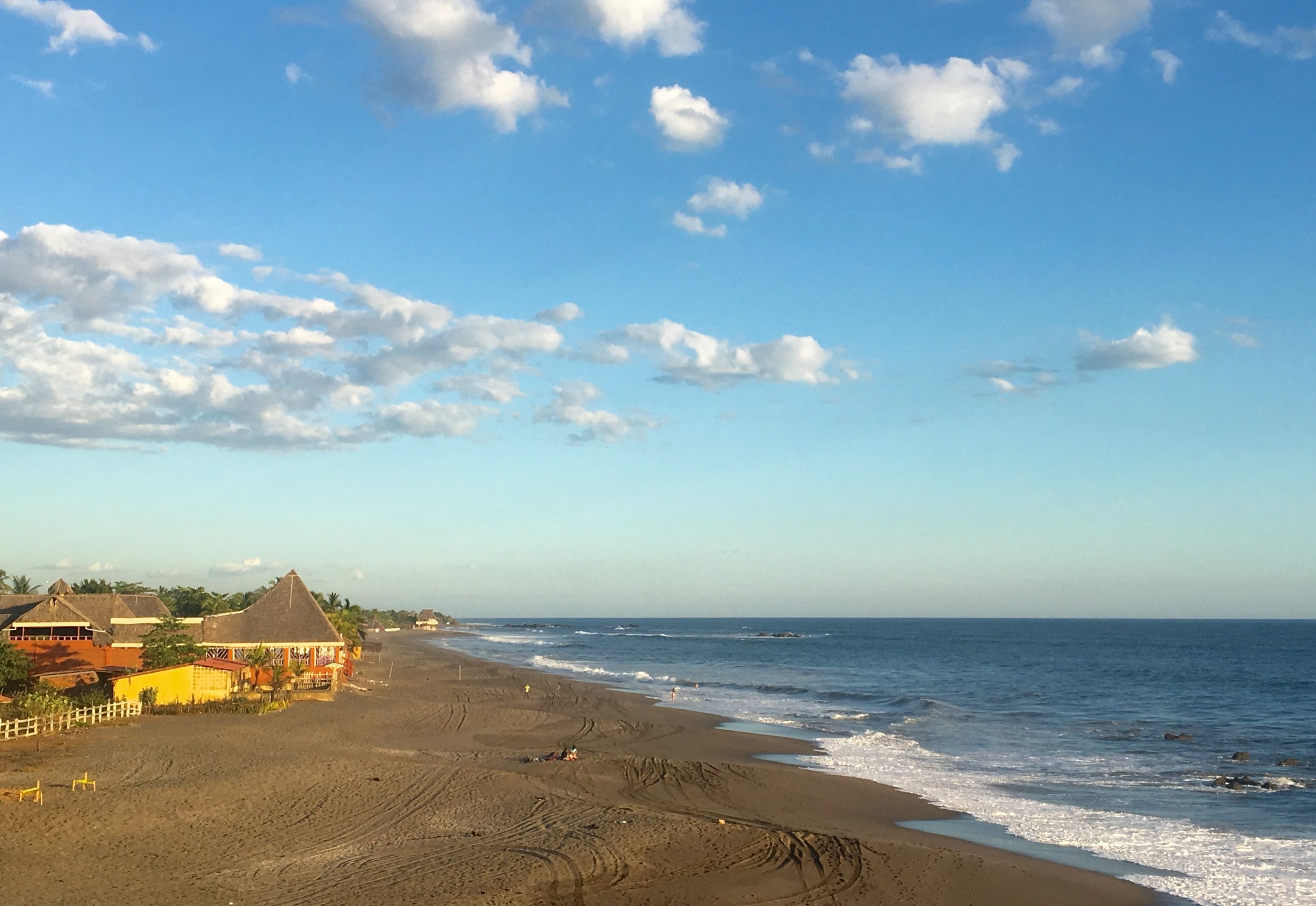

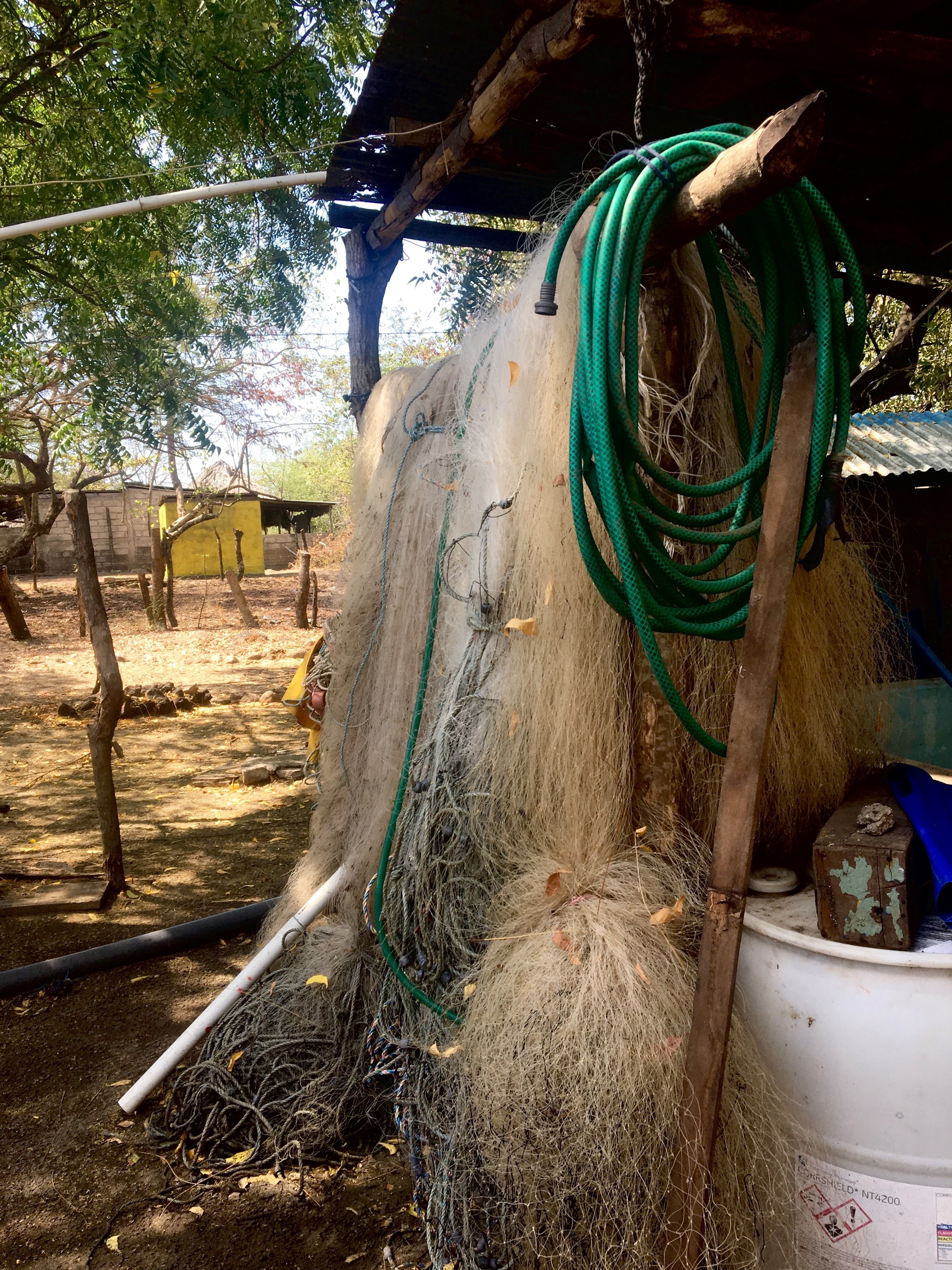
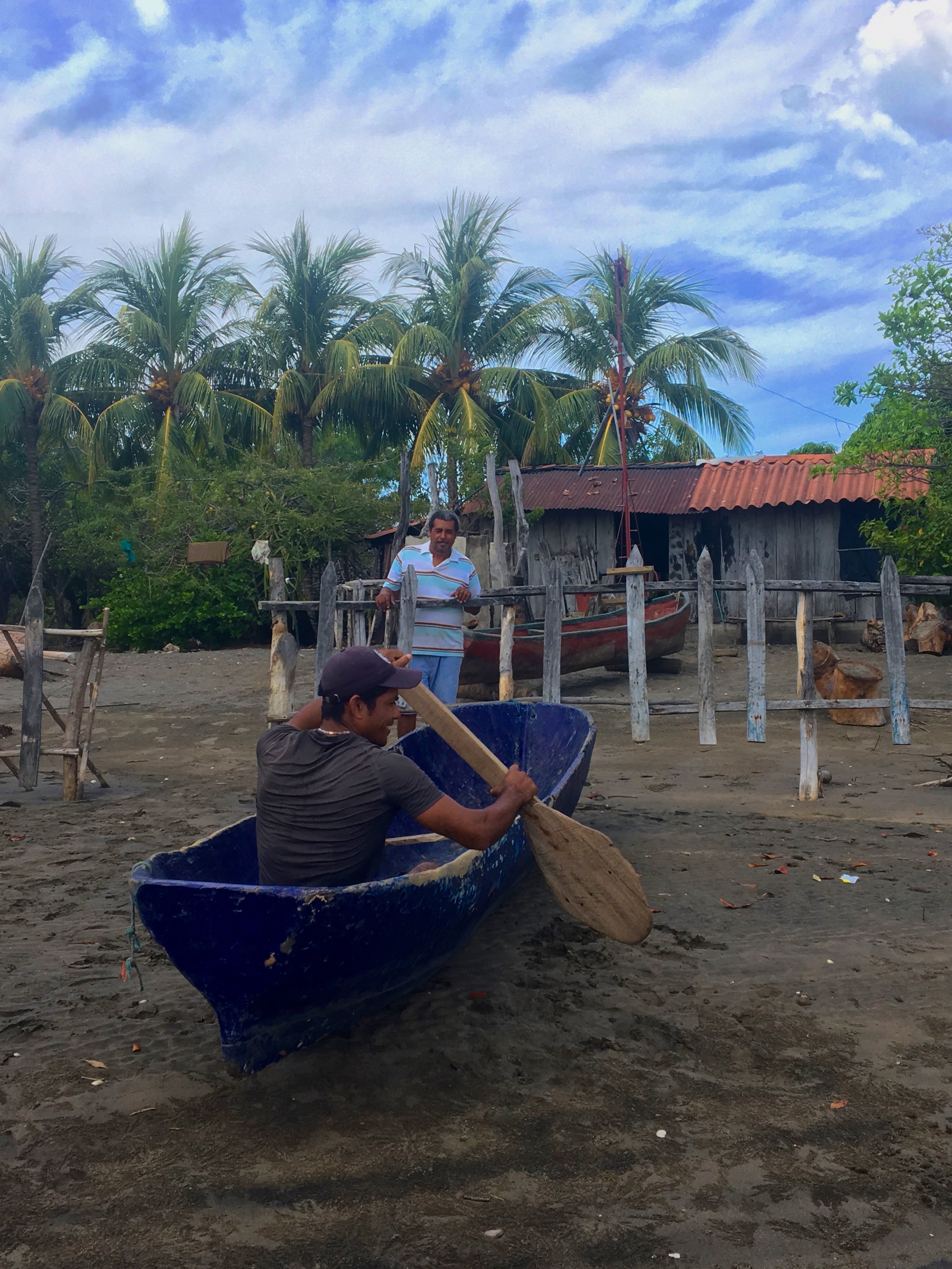

Funding is low, but Contreras always finds a way to make do.
“When I go to the city… when I go to Léon, I talk through brochures and fliers, like the signs we put up, and I’m also trying to do a website… that’s the most important part of the project for me,” he said.
In addition to local education, another option to increase the community’s income and boost the local economy lies in tourism. The inhabitants of the beach community are looking to spruce up the area to appeal to more tourists. The fishermen and the beach community also see the potential of what the government has done to improve the infrastructure of Poneloya, and that can be a potential source of income for their community. The government has already funded and built steps and tables looking over the miles-long coastline in Poneloya, and there are a few restaurants on the coast, as well as plenty of picturesque lookouts and perfect sunset views – all ideal tourist attractions. More improvements like those are sure to attract more tourists to the area and, hopefully, to Contreras’s reserve.


